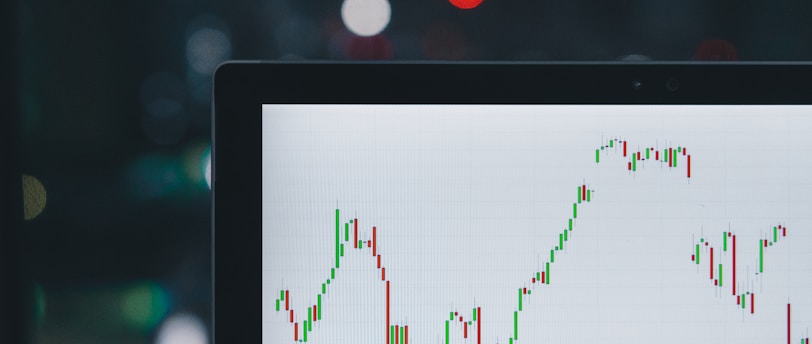Designing Effective Sales Funnels to Boost Conversions
Creating effective sales funnels involves understanding your customer journey and strategically guiding prospects from awareness to conversion. By optimizing each stage—awareness, interest, decision, and action—you can enhance user experience, address pain points, and increase conversion rates. Implementing personalized touchpoints and clear calls to action ensures a smooth transition from lead to loyal customer.
Nishant Jaiswal
7/12/20242 min read


In today's digital landscape, creating an effective sales funnel is essential for businesses looking to maximize conversions and revenue. A well-designed sales funnel guides prospects through a structured journey, from initial awareness to making a purchase decision. Here's how you can design an engaging sales funnel and the tools that can help you along the way, as well as how a "Referral Marketer" can help you optimize your funnel for maximum effectiveness.
Understanding the Sales Funnel
A sales funnel typically consists of several stages:
1. Awareness: This is the stage where prospects become aware of your brand and your product/service.
2. Interest: At this stage, prospects express interest in your services, seek more information, or find a solution to their problem.
3. Decision: The prospect evaluates your product compared to your competitors' products and decides to buy.
4. Action: The final step is to convert the prospect into a paying customer by making a purchase.
Designing your sales funnel
1. Awareness stage
Content marketing: Create informative blog posts, videos, and social media content using tools like HubSpot or ContentStudio to engage your target audience.
Paid advertising: Use platforms like Google Ads or Facebook Ads to increase visibility.
2. Interest Stage
Lead Generation: Offer valuable resources like ebooks or webinars using tools like Leadpages or Unbounce to attract leads.
Email Marketing: Nurture leads with personalized emails using Mailchimp or ConvertKit to maintain engagement.
3. Decision Stage
CRM Systems: Implement customer relationship management systems like Salesforce or HubSpot CRM to manage customer interactions and track sales.
Remarketing: Use tools like AdRoll or Google Remarketing to re-engage users who have shown interest but have not converted.
4. Action Steps
Checkout Process: Simplify the checkout process with tools like Shopify or WooCommerce to reduce friction and encourage conversions.
Customer Support: Provide seamless support using tools like Zendesk or LiveChat to quickly resolve customer concerns.
How Display Marketers Can Help
At Display Marketers, we specialize in optimizing sales funnels to drive conversions efficiently. Here's how we can help:
1. Strategic Planning: We develop customized sales funnel strategies that align with your business goals and target audience.
2. Tool Implementation: We integrate and optimize the tools mentioned above to streamline your sales funnel process.
3. Content Creation: Our team creates engaging content that resonates with your audience at every stage of the funnel.
4. Analysis and Optimization: We continuously analyze funnel performance and make data-driven adjustments to improve conversion rates.
Bottom Line
Designing an effective sales funnel requires a holistic approach, using a variety of tools and strategies to guide prospects toward a purchase. By leveraging the right tools and partnering with a Showcase Marketer, you can create a powerful sales funnel that not only drives conversions but also improves customer satisfaction and loyalty. Contact us today to start optimizing your sales funnel and achieve sustainable business growth.
The content of this blog provides a structured guide to designing an effective sales funnel while integrating the services provided by "Display Marketers andamp;quot; to improve efficiency and conversion rates. Are not.
